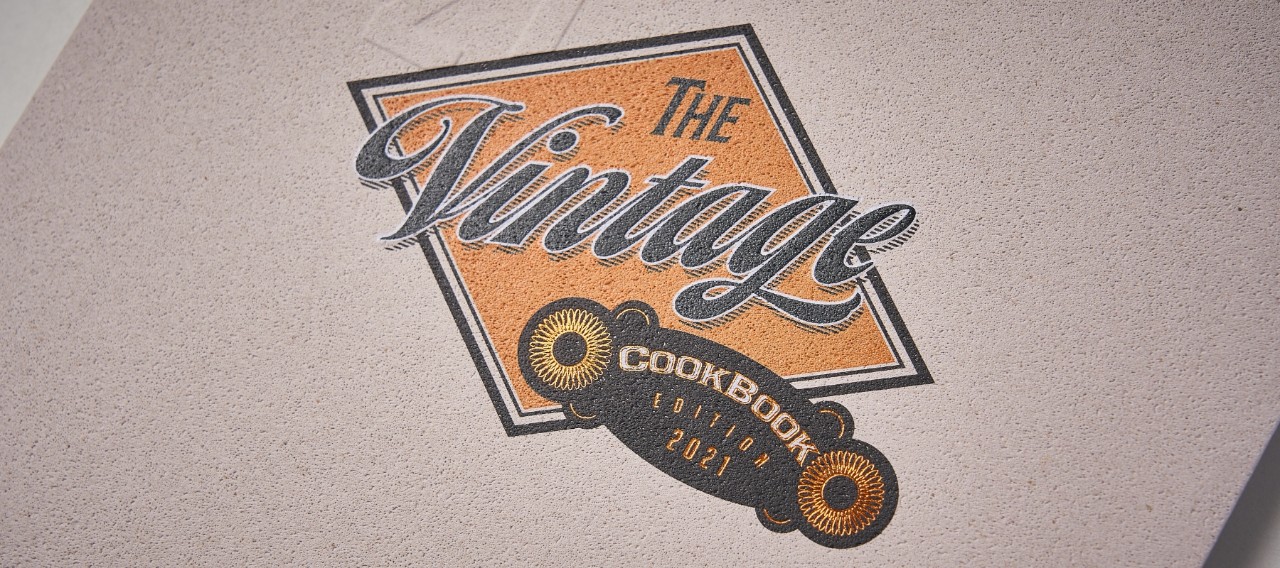
The Vintage Cookbook
Recipes for Timeless Design Concepts
Design Agency: 43.OZ
Creative Director: Alex Kodimisky
Label materials: Avery Dennison
Foils and print tooling: Luxoro-KURZ and H+M
Envelope and brochure paper: Favini
Print: Finpap.md
Vintage design has long been a popular choice for many creatives and with good reason. There is something timeless and nostalgic about the style that resonates with people and creates a sense of familiarity and comfort. However, creating a vintage design that truly stands out and captures people's attention is no easy feat. That's where The Vintage Cookbook comes in.
Created by Avery Dennison in collaboration with 43’oz Design Studio, Favini, FINPAP, KURZ, and H+M, The Vintage Cookbook is a design envelope consisting of six prototypes that serve as a source of inspiration for designers and brands. The envelope is aptly named as it provides a metaphorical recipe for creating an old-fashioned look that is not only unique but also effective in telling a story and grabbing consumers' attention. Indeed, a study by Nielsen found that 64% of wine consumers say that the label and packaging design is very important in their purchase decision, a sentiment that is likely to apply to other beverages as well. This comes as no surprise since consumers often opt to buy bottles with the intention of keeping them long after the contents are gone. In fact, according to a survey conducted by OnePoll on behalf of TerraCycle, 60% of consumers repurpose glass bottles as vases or decorative items after they finish the contents. Need any more convincing about the importance of label designs?
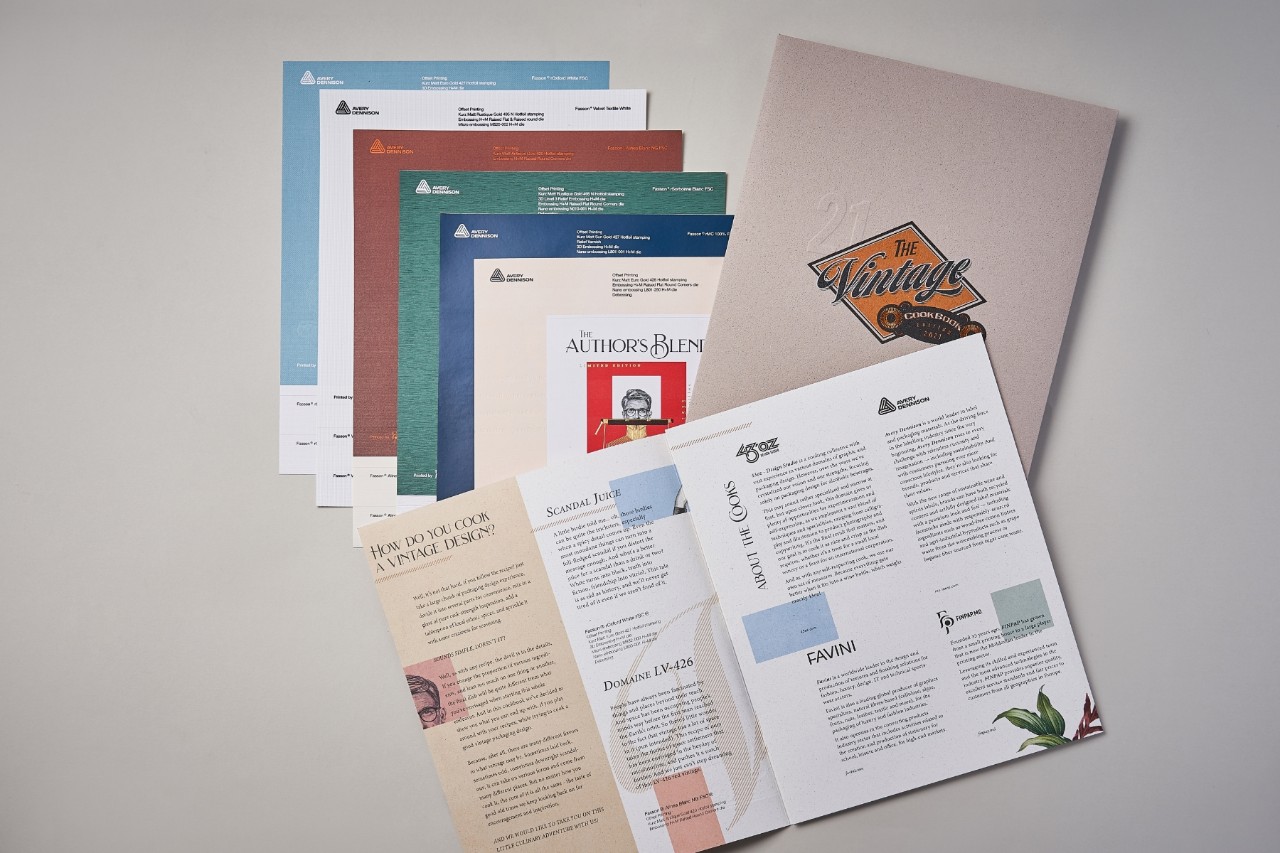
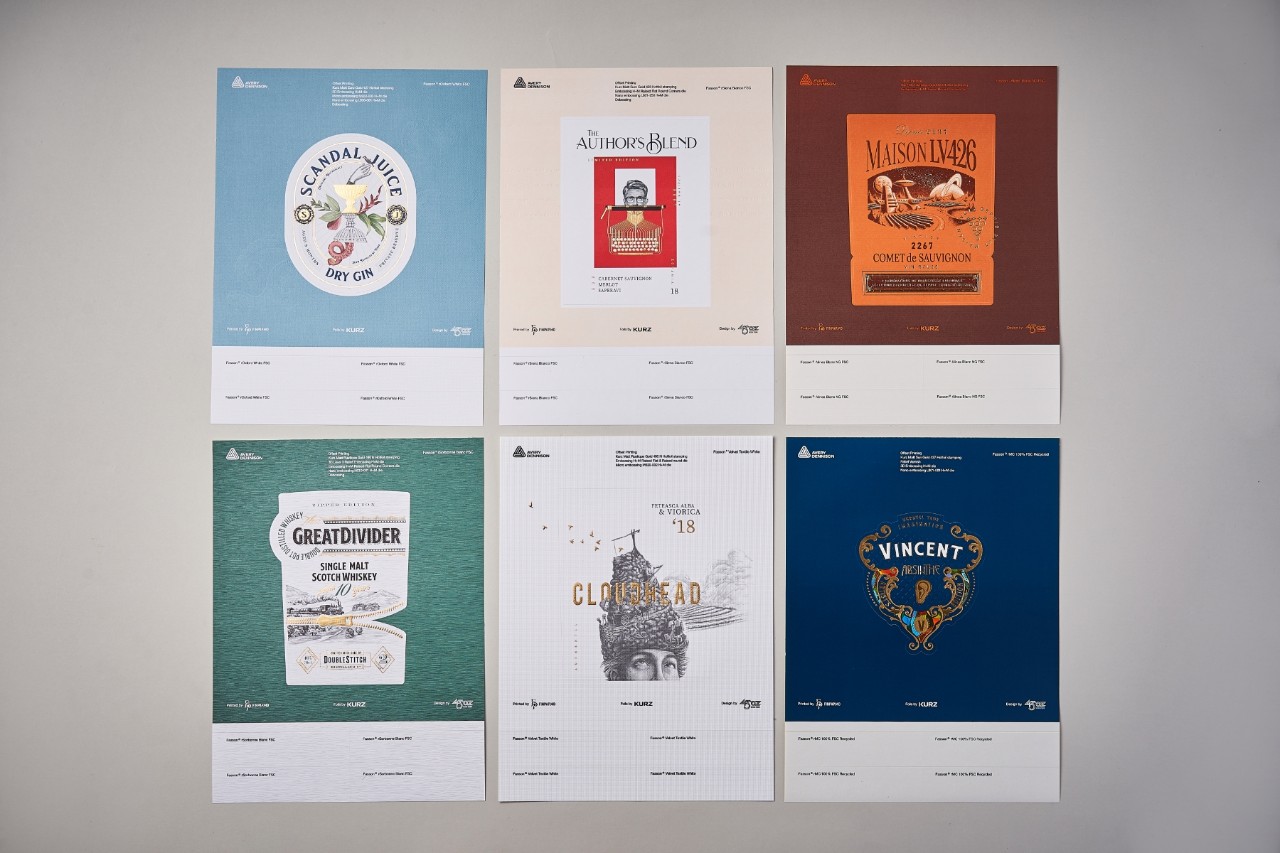
The cookbook starts with the introduction, "How do you cook a vintage design?" and explains that, like any recipe, the devil is in the details. Changing the proportion of various ingredients or relying too heavily on one thing or another can result in a final dish vastly different from what you envisioned. The Vintage Cookbook is all about showing designers what they can end up with if they play around with their recipes while trying to cook a good vintage packaging design. Each of the six prototypes has its unique style and story, but at the core of each design is the taste of good old times we keep looking back on for inspiration. Adding a teaspoon of modern technologies and creativity to each concept, the Vintage Cookbook creates a nostalgic, vibrant, and retro feel.
Now, without further ado, let us introduce you to our six inspirational concepts and take you on a little culinary journey to inspire you to design your own timeless and authentic label.
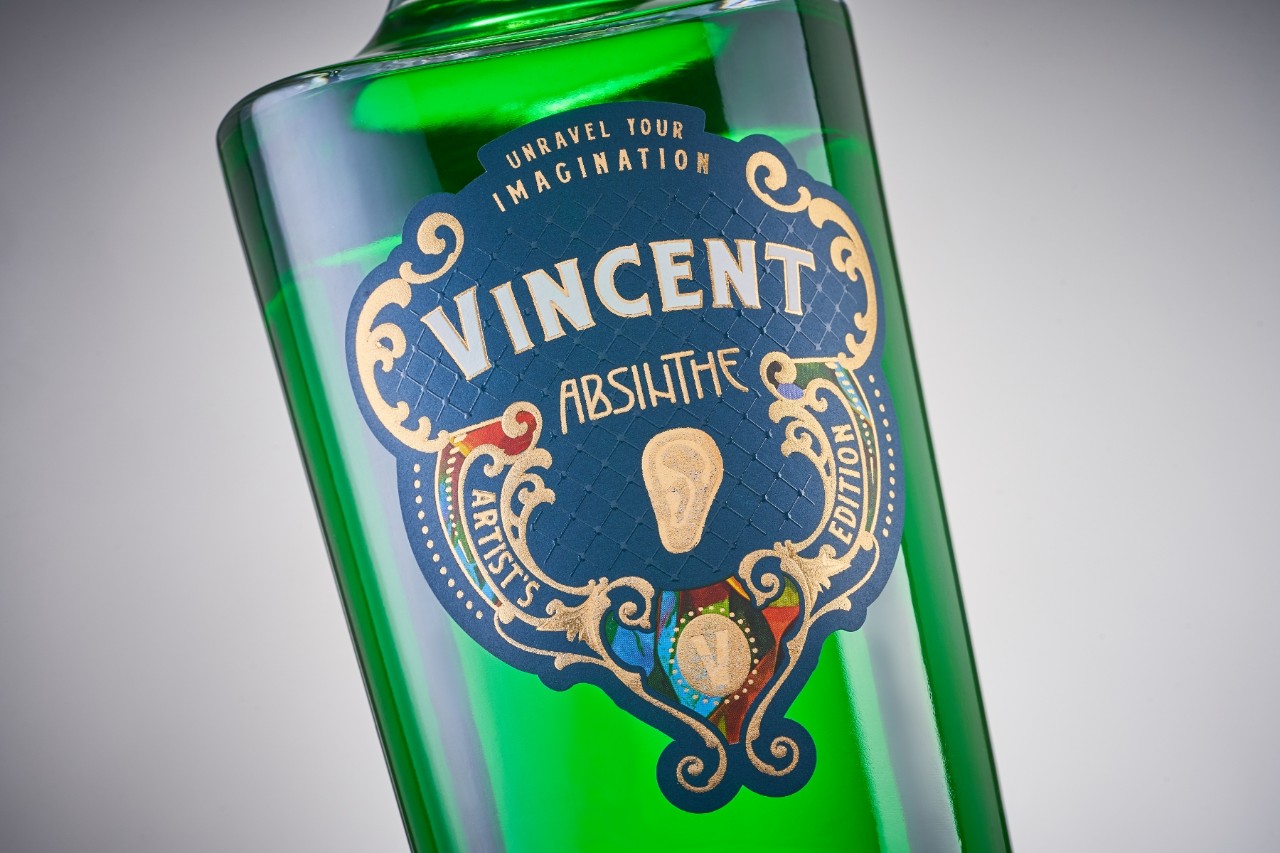
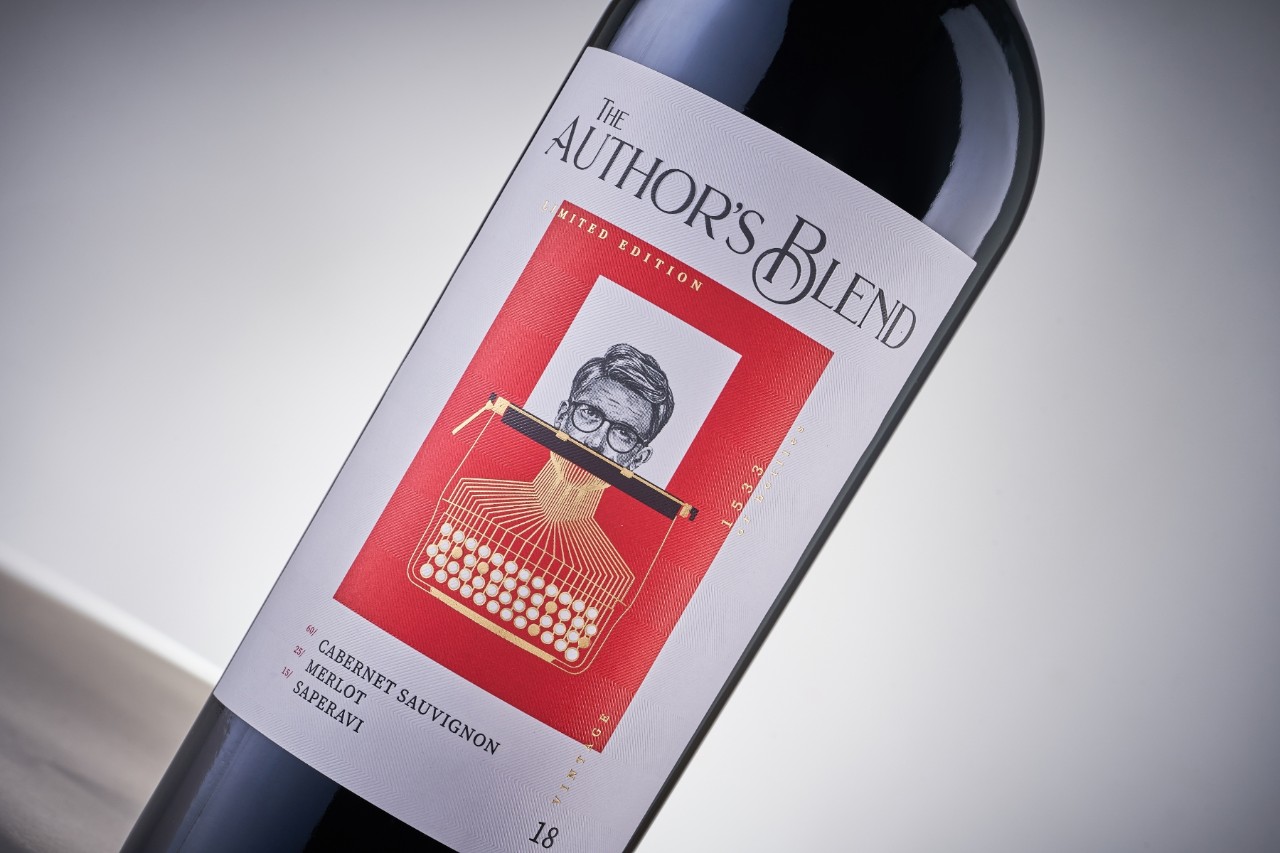
The first prototype in The Vintage Cookbook is called VINCENT, a fascinating design inspired by Vincent van Gogh—a Dutch post-impressionist painter widely recognized as one of the most influential figures in the history of Western art. His works are characterized by bold colors, thick brushstrokes, and expressive imagery, often reflecting his emotions and struggles. The design behind VINCENT takes cues from Van Gogh's association with absinthe—a popular drink among artists and bohemians in the late 19th century. The bottle's label depicts a beautiful Victorian frame with psychedelic embellishments around an artificial 'ear' (Van Gogh was notoriously deaf), conveying a sense of beauty and madness. Printed on our Fasson ® rMC 100% Recycled FSC® paper, the result is a design that captures the essence of Van Gogh's unique style and spirit while incorporating modern elements to make it fresh and exciting. Overall, VINCENT is a fitting tribute to one of the most iconic figures in the history of art, and it serves as a reminder of the enduring power of creativity and imagination.
The second prototype is a design that falls into the realm of deconstructed dishes. In other words, throwing all the ingredients into the author's plate to construct something unique. AUTHOR'S BLEND is influenced by the typewriter (which was once a groundbreaking invention but has since been largely replaced by computers) and the popular notion of blending in winemaking. Printed on our Fasson® rSiena Bianco FSC® paper, the design incorporates elements of vintage magazines to create a sense of nostalgia and originality while encouraging the author/consumer to construct a vision of their own, reflecting how it tastes to them. This approach aligns with the trend of dismantling dishes, which allows consumers to customize their culinary experiences and experiment with different flavors and ingredients. AUTHOR'S BLEND showcases the potential of vintage design to be both classic and modern simultaneously. Using a typewriter and vintage magazines is a fitting tribute to a bygone era, and the concept of blending in winemaking adds a contemporary twist to the design.
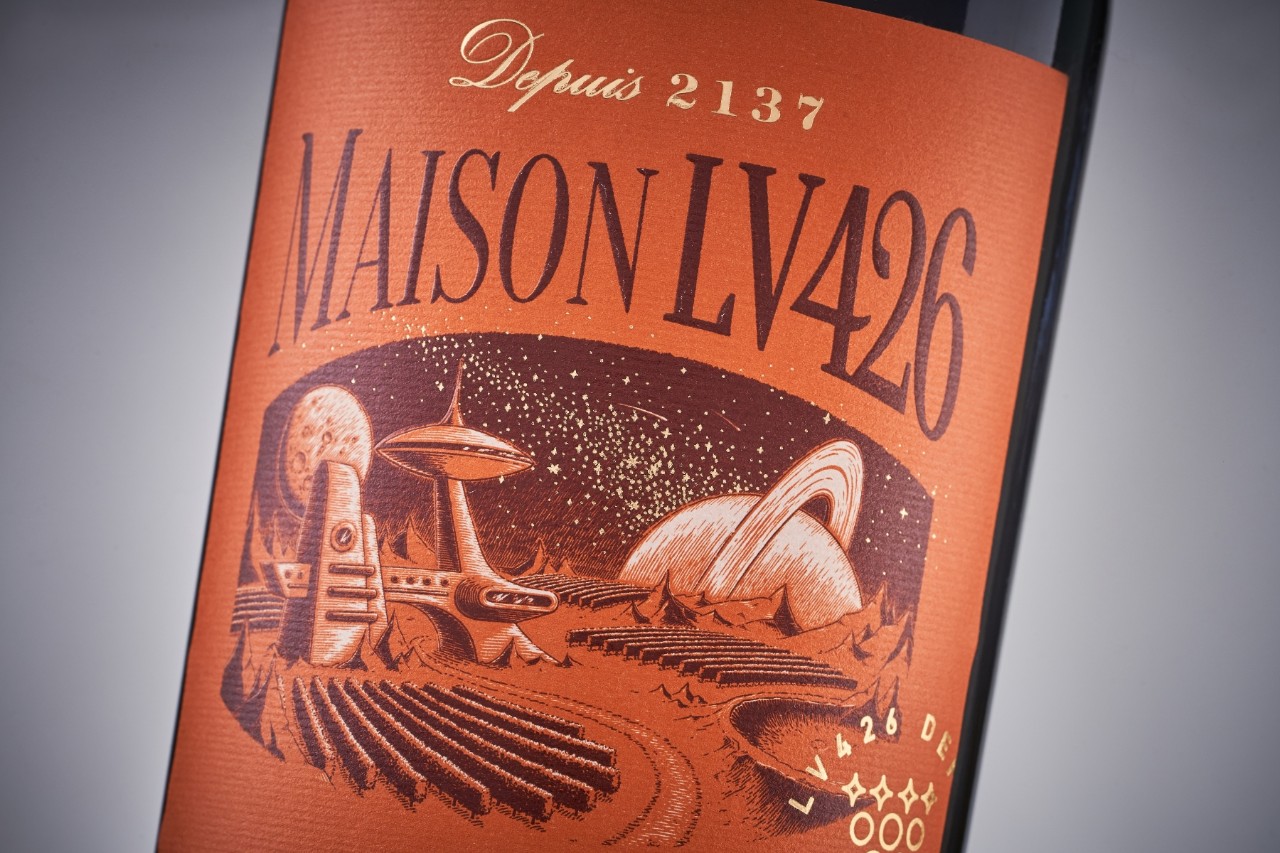
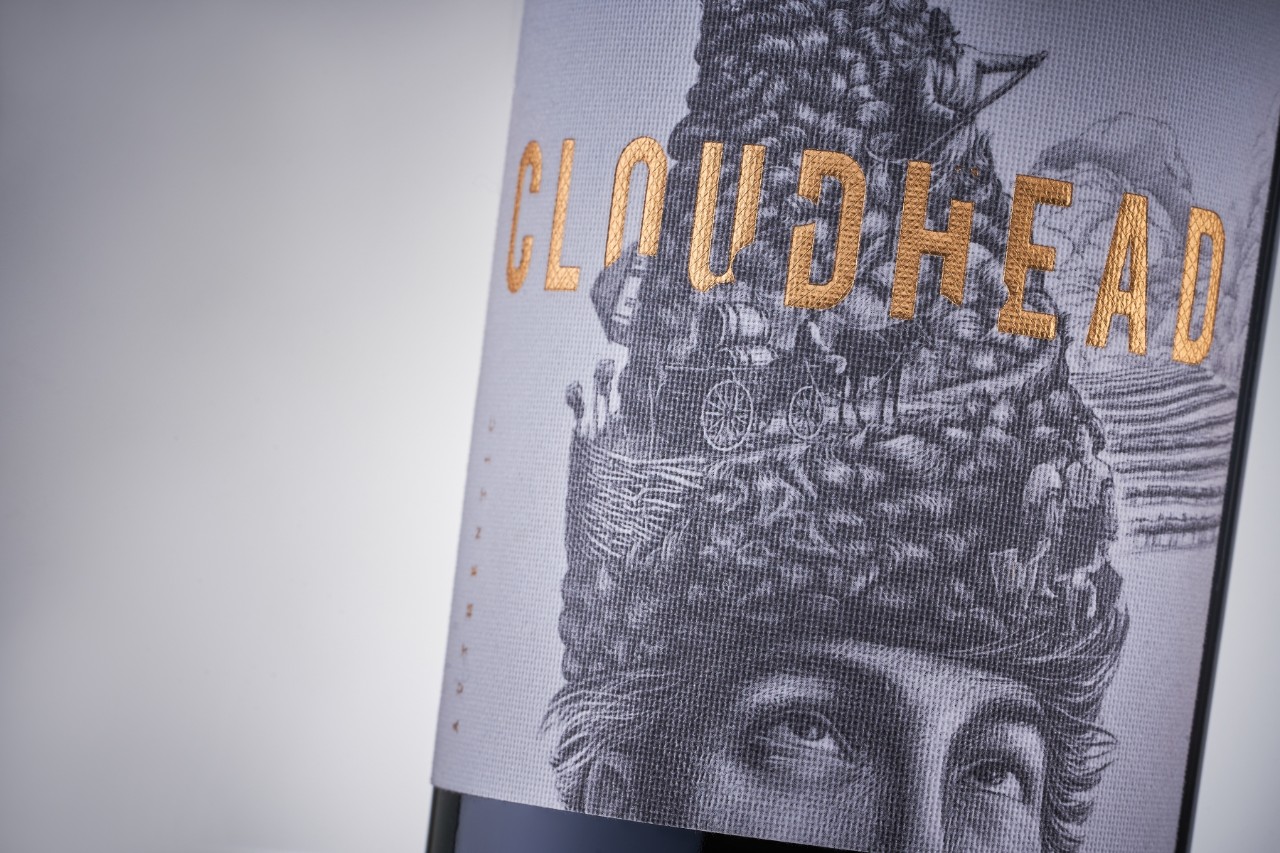
Now let's take a trip to space. DOMAINE LV-426 evokes memories from retro-futuristic space settlement themes that dominated the 1960s, specifically during the height of the space race between the United States and the Soviet Union. This was a time of great technological advancement and excitement about the potential of space exploration, and it was reflected in popular culture, including movies, television shows, books, and magazines. Fascinated by the idea of life and vineyards on other planets, the title for this prototype was taken from the name of a planet from the "ALIEN" movie to create a style that is both vintage and futuristic. The design, which is printed on our Fasson® Alinea Blanc NG FSC® paper, portrays a scene of cultivating grapes on a foreign planet. The result is a traditional and elegant label that tells a story of wonder and imagination.
As we continue our journey by descending from space to earth, let's stop to explore the next prototype in the clouds. CLOUDHEAD aims to capture the essence of a long-gone era, particularly in the realm of authentic vintage recipes and the varying flavors that come with experiencing them in different cultures and regions. The design of CLOUDHEAD centers around a signature woolen hat traditionally worn by Moldovan peasants. Known as the 'caciula' the label is heavily guided by the cultural significance of the hat and its role in Moldovan history and tradition. Printed on our Fasson® Velvet Textile White ® paper, it illustrates a person wearing the caciula, which takes the shape of Moldovan workers harvesting and tending to their fields, truly reflecting what is perceived to be vintage in Moldova. One label tells so many stories simultaneously, capturing the essence of the country's cultural heritage and history. The design is simple yet effective, showcasing the potential of storytelling with design and how far it can be taken.
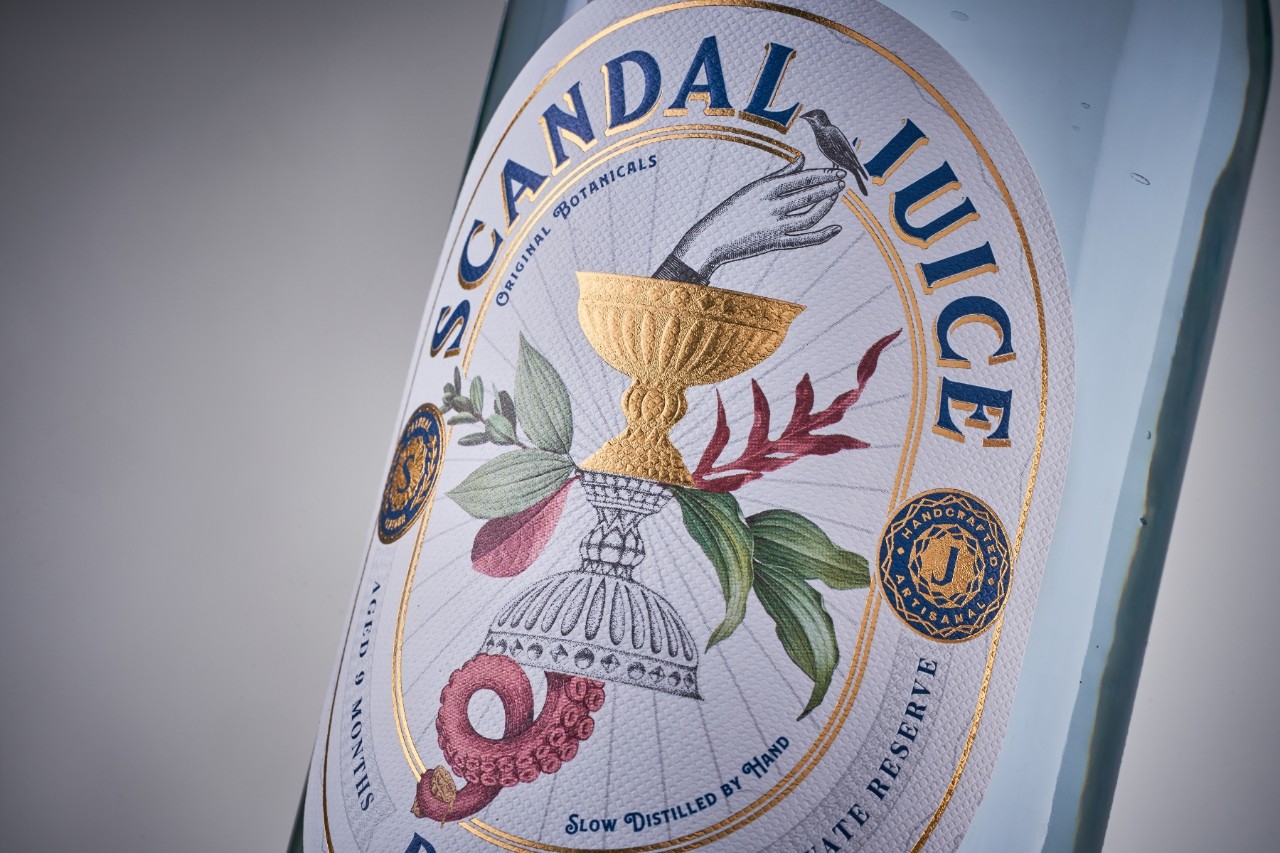
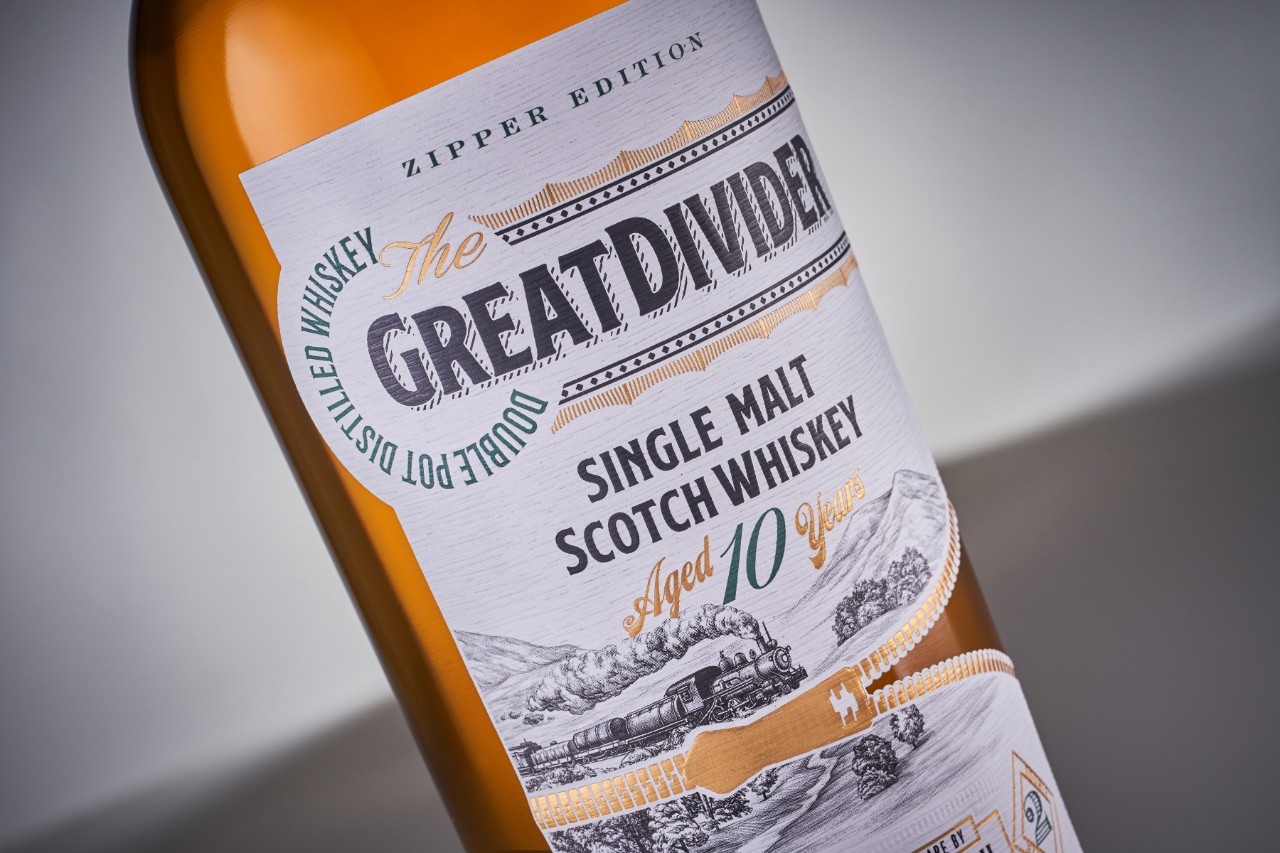
The next prototype in The Vintage Cookbook, SCANDAL JUICE, demonstrates how even the most mundane things can become full-fledged scandals if we distort the message enough. Human history has always been filled with scandals, which have played various roles throughout different periods. Unlike today's viral controversies that spread quickly through social media and the internet, in the past, scandals were widely spread through whispers and street talk. The label design behind this prototype, which was printed on our Fasson® rOxford White FSC® paper, is inspired by the concept of scandal and how it can transform the truth into fiction, turning friendships into vitriol. The design incorporates elements of vintage idioms, using an old-style collage technique with a slight touch of modern art and creativity. The result is a scandalously classic and dynamic look, showing how gossip can completely change the course of a story.
We finish on a high as we reach the end of our vintage journey. A great deal of inspiration for The GREAT DIVIDER prototype was taken from the idea that small inventions and revolutionary changes can dramatically impact our lives and reality. The team was intrigued by the transformative impact of seemingly simple innovations like the traditional zipper. First invented in 1913 and used on boots and tobacco pouches before being incorporated into clothing, the zipper was a great divider as it fundamentally changed how clothes were made and worn. It allowed for new designs and styles that were impossible with traditional fastenings and helped create a new era of streamlined, modern fashion. Printed on our Fasson® rSorbonne Blanc FSC® paper, The GREAT DIVIDER incorporates vintage design elements with a touch of contemporary innovation, reflecting the importance of tradition and progress. The whiskey label illustrates how zips can not only literally divide but also connect different parts to create one whole entity. This is particularly brought to life by the image of an old-fashioned steam locomotive making its way down the tracks in a scenic environment that is divided by a zipper.
What makes the Vintage Cookbook so special is that it takes the concept of tradition and expands it beyond just a period of time. Vintage covers a lot of domains and parts of our lives, including cultural and aesthetic aspects, inventions, idioms, out-of-date objects, and historical facts. Mixing all of these elements, The Vintage Cookbook creates a completely original dish that is classic and modern.
This envelope is a great resource for any designer or brand looking to create a design that stands out from the crowd. By following the recipe and experimenting with different ingredients, designers can create something truly unique and memorable. Vintage design may be a classic choice, but with the right ingredients and solutions offered by leading designers, material science providers, suppliers, and packaging experts, it can also be a fresh and exciting one.
Are you ready to ride back in time and collect some memorable ideas aboard our spaceship? Well, maybe not literally, but you can request our envelope to learn more about these prototypes and The Vintage Cookbook project now.




